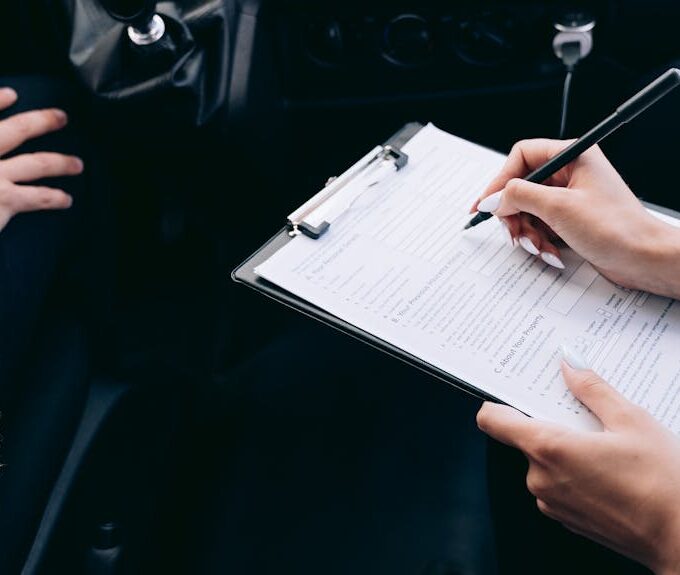Buying a used car is often a smart choice for saving money, but it comes with risks. While a shiny exterior might catch your eye, hidden issues under the hood or inside the car can cost you a lot later. That’s why inspecting a used car carefully before making a purchase is so important. By taking the time to do a thorough check, you’ll protect yourself from unexpected repairs and make sure the car is truly worth the price. Here’s a detailed guide to help you inspect a used car like a pro.
Start with the Exterior Check
Begin your inspection by walking around the car. Look at the paint carefully and check for dents, scratches, or rust. Rust spots on the body or underneath can be a sign of neglect or poor maintenance. Check whether the paint color is consistent across all panels. If one door or fender looks slightly different, it may have been replaced after an accident. Also, examine the tires—worn-out or uneven tire tread could point to suspension or alignment issues.
Look Under the Hood
The engine is the most important part of the car. Open the hood and look for any signs of leaks, rust, or broken hoses. Check the oil by pulling out the dipstick. Clean oil should look golden or light brown. If the oil is dark, gritty, or smells burnt, it could mean the car wasn’t well maintained. Also, inspect the coolant and brake fluid levels. Low or dirty fluids may be warning signs of mechanical problems.
Don’t Forget the Interior
Step inside and pay attention to the condition of the seats, seatbelts, and dashboard. Look for stains, tears, or unpleasant odors that could suggest water damage. Test the air conditioning, heater, radio, and power windows to make sure everything works properly. Small interior problems might seem minor, but repairing electrical systems can be costly.
Test the Lights and Electronics
Turn on the headlights, brake lights, and turn signals to confirm they are all functioning. Check the dashboard warning lights when you start the car. They should come on briefly and then go off. If any lights stay on, such as the check engine or airbag light, the car may have serious issues that require immediate attention.
Take a Test Drive
Never buy a car without driving it first. Start the engine and listen for unusual noises. While driving, pay attention to how the car accelerates, shifts gears, and brakes. The steering should feel smooth and responsive, not shaky or heavy. Try driving at different speeds and on different road conditions, like bumps or curves. If the car pulls to one side or vibrates, it may need repairs.
Check the Vehicle History Report
Ask the seller for the car’s history report, or order one yourself. This report reveals important details, such as whether the car was in an accident, how many owners it had, and if it has a clean title. Frequent repairs or multiple accidents on the report can be a red flag. A car with a clean history is usually a safer investment.
Look at the Mileage
Mileage can give you an idea of how much the car has been used. On average, cars rack up around 12,000 to 15,000 miles per year. A car with much higher mileage may show more wear and tear, while very low mileage could also be suspicious if the car is old. Always compare mileage with the car’s age and condition.
Get a Professional Inspection
Even if you feel confident, it’s always smart to let a mechanic check the car before buying. A professional inspection can uncover hidden problems you might miss, such as transmission issues or frame damage. While it costs a little extra, it can save you from buying a car that becomes a financial burden.
Buying a used car can be a great deal, but only if you take your time to inspect it carefully. Look at the exterior, interior, engine, and history report, and always test drive the car. If possible, get a mechanic’s opinion. With the right inspection, you’ll have peace of mind knowing your used car is both reliable and worth the price.
Related Articles
Understanding Auto Loan Interest Rates
Buying a car often requires taking out a loan, and the interest...
Best affordable Car Brands of the year
Buying a car doesn’t have to break the bank. Many car brands...
Van Life: Essentials You Need to Get Started
The idea of living or traveling in a van, often called “van...
Bundling Auto and Home Insurance: Is It Worth It?
Insurance can sometimes feel overwhelming, with multiple bills, renewal dates, and policy...















